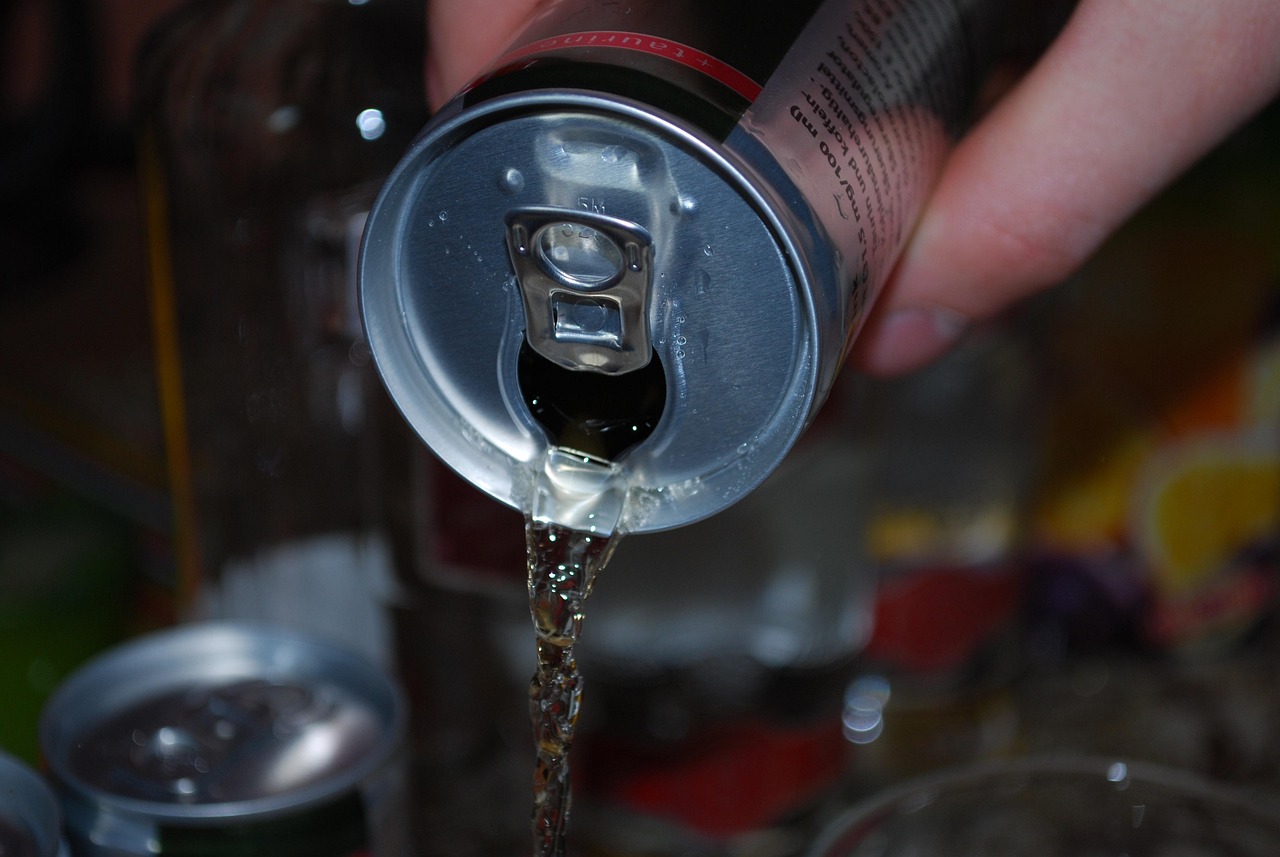If you are choosing a drink when you are going out, how could you choose a drink with lower carbon emissions? It is not obvious what type of drink is likely to have a lower carbon footprint. What seems like a ‘green’ option may not be. Research by Professor Bridle shows it all depends on ingredients, packaging, fossil fuels involved in manufacturing process and waste disposal. The results are surprising.
Fizzy drinks versus fruit juice
Carbon dioxide makes fizzy drinks bubbly. You may think that this gives it a high carbon footprint but surprisingly it doesn’t. This is because the main ingredients in fizzy drinks are water and sugar, which have a low carbon footprint. The amount of carbon dioxide is very small, and generally fizzy drinks have very little impact on climate change. Fruit juice, despite being a healthier option, has a higher carbon footprint than fizzy drinks. This is because the main ingredient is fruit. Fruit has a higher carbon footprint to water and sugar because of carbon emissions of growing the fruit, processing, transport and refrigeration. Professor Brindle research shows a typical fizzy drink has 188g of CO2 emissions compared to an orange juice has 392g CO2 emissions.
Bottled water is probably the healthiest drink you can have and have the lowest carbon footprint. Their carbon footprint is like fizzy drinks, with a 500ml bottle of water being 81g of CO2 emissions. The best option with practically zero emissions is to take your own reusable water bottle and refill from food outlets.
The packaging makes a difference
The packaging of the drink makes a big difference to the amount of carbon emissions of the drink. Glass bottles have the highest carbon footprint of a plastic bottle because although per gram they produce less carbon dioxide, glass bottles need to be thicker and heavier because of their fragility. Aluminium and plastic bottles have a similar carbon footprint. Although aluminium creates higher levels of emissions, it is lighter than plastic, so aluminium and plastic containers work out the same. Lower emission packaging bottles made from recycled plastic.

Leave a Reply